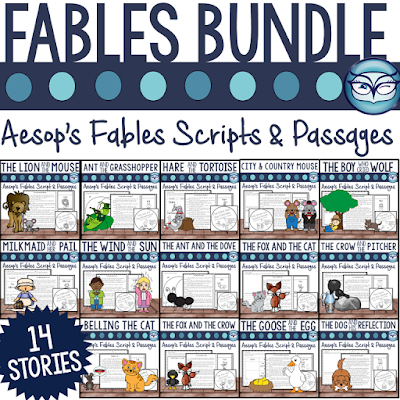Close Reading is a big deal during Guided Reading in elementary classrooms across the country. And for a good reason. Close Reading teaches students to dig deeper to comprehend the details of a text. But the more I talk with other teachers, I've become aware that many still don't know what Close Reading is, or they are not very comfortable doing this with their students. Hopefully I can help clear up the idea a bit!
What is Close Reading?
What it is: Close Reading is a deliberate focus to dissect a short reading passage to gain a deeper understanding of what the author is saying. It's getting in deep to find the gold nuggets of the passage.
What it is not: Something that you do as you are reading along through a long text. It is not something that you just "happen" to do, either. It demands intentional planning from the teacher, and multiple reads of the same short passage.
How do you do Close Reading?
Think of Close Reading in 2 basic steps: (1) reading to get an overview of what the text is about, and (2) reading again to get to the heart of the ideas in the text.
Step 1: Getting an Overview of the Text
When reading through a text for the first time, it's good to think about story elements (setting, characters, problem, solution) if it's a fictional piece of writing, or text structure and main ideas if it's nonfiction. This is where teaching students to annotate (or code) their text really helps them identify these key areas. Here's a general list of annotation marks that I use with both fiction and nonfiction texts:
Highlighters are a useful tool when annotating, too. I usually have my students highlighting evidence of story elements (setting, main characters, problem, and solution) in fictional pieces.
Another way to annotate is to use sticky notes. I usually cut sticky notes from the bottom up to almost the top to create little flags. This way, I can give each student a sticky note, and they can rip off a flag or tab to mark where they have a question or come across an unfamiliar word.
Step 2: Getting to the Heart of the Text
Once students have their text annotated, it's time to go back through the text to do some digging. This is where the deeper comprehension begins. Students are returning to their text for a SPECIFIC PURPOSE. This is not just a second read with a partner, to work on fluency, or to remember those basic story element details that you already identified. This is a careful combing through what the author has said to learn something new. I highly suggest this being completed in small groups if possible, so that the teacher can guide students through the lesson. (This usually happens on a separate day from step 1).
Purposes for the second reading:
1. Finding evidence to support theme
2. Finding evidence to support character traits
3. Determining cause and effect
4. Forming generalizations and inferences
5. Determining character motivation - this is a tough, but great lesson!
6. Finding key details to help with summarizing
These are just a few ideas for a second reading of a text. Usually (if you're used to following a reading anthology), your key reading skills would come into play during this second reading.
Tools to have on hand include sticky notes, highlighters, colored pencils, and graphic organizers.
Step 3: Writing to Extend Close Reading
If you want even DEEPER comprehension, follow up your second reading with a third visit, where students reread to remind themselves of what the author has said about a main idea or theme. The purpose of this session would be written response. Can you compare/contrast this text with another one that you've read before? Does the character remind you of another character (or real person)? What could you say to the author about the ideas he/she has written about? These writing pieces will push your students to new levels of comprehension as they use the text to form their own ideas.
So, are you ready to try Close Reading? Yes, it can be a little intimidating, but it's really not that bad. Students enjoy getting to be "detectives" to hunt for whatever evidence you are asking for. And soon, they will be able to do this with a partner or on their own.
I've found that Aesop's Fables are PERFECT for this type of reading! The stories are short, the characters have very specific traits that can be proven by their words and actions, and they each have a definite theme. If you're interested in a set of Aesop's Fables that you can use throughout the entire year, check out my Aesop's Fables Reading Passages and Scripts bundle in my Teachers Pay Teachers Store. I've included 14 different stories in my bundle, each one with a story, a readers' theater script, and graphic organizers to help you with Close Reading.










